Top Things to Know Before Buying Arbors For Sale
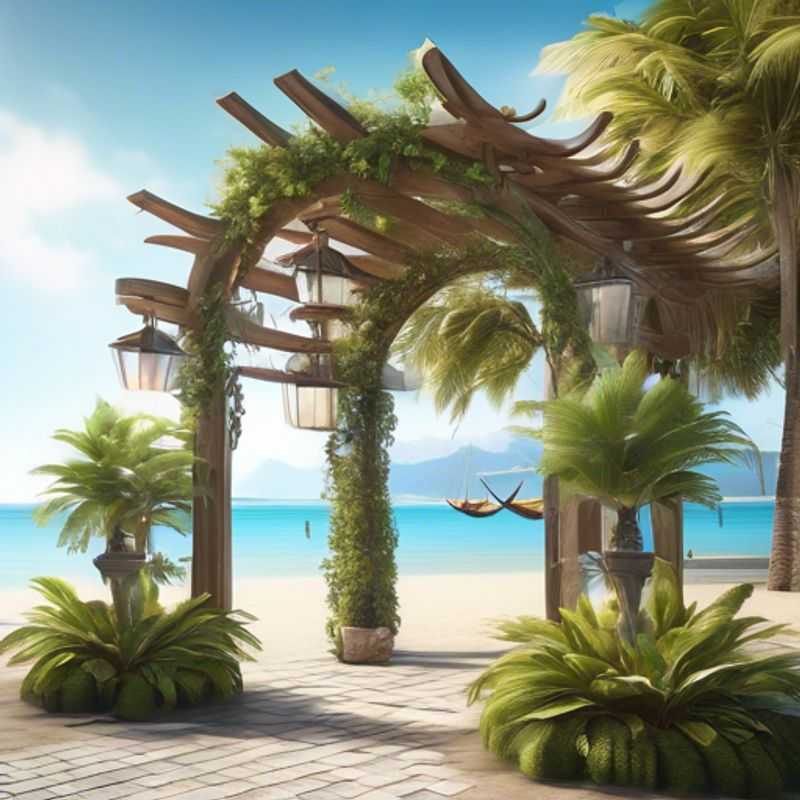
Measure Your Space, Choose Materials, Consider Weather Resistance, Decide on Freestanding or Attached, Define Size Requirements, Check Weight Capacity, and Evaluate Ease of Assembly
Arbors are a beautiful addition to any yard, adding a touch of elegance and creating a charming space for climbing plants. But before you purchase one, there are several factors to consider. Here are some top things to know before buying an arbor:
Measure the available space in your yard carefully to ensure the arbor will fit. You don't want to end up with an arbor that's too big or too small for your space. I've made that mistake before, and let me tell you, it's not fun trying to maneuver a bulky arbor into a tight spot!

Measure Twice, Plant Once: Ensuring Your Arbor Fits Perfectly
When planning to install an arbor in your yard, accurately measuring the available space is crucial to ensure a perfect fit. Before you start, gather the necessary tools: a measuring tape, a piece of string or rope, and a notepad.
First, determine the exact location you envision for the arbor. Consider factors like sunlight, proximity to walkways or structures, and desired visual impact. Next, measure the width and depth of the chosen spot using your measuring tape. Make note of any obstacles like trees, fences, or utility lines that could affect the arbor's dimensions. Remember, it's better to overestimate than underestimate, leaving a few extra inches for wiggle room.
Finally, visualize the arbor's placement and use your string or rope to mark the footprint on the ground. This visual aid will give you a clearer picture of how the arbor will integrate with your existing landscape. If you're unsure about measurements or need professional advice, consider consulting a landscaping expert. They can provide valuable insights and ensure your arbor installation is both visually appealing and structurally sound.
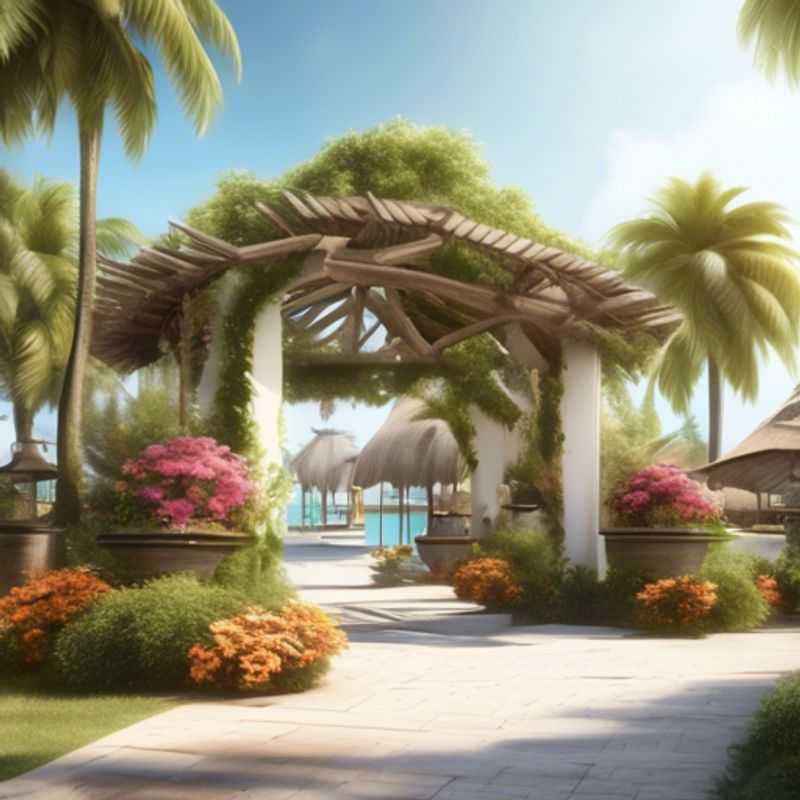
Arbor Material Matters: Wood, Metal, or Vinyl?
The material of your arbor can greatly influence its aesthetics, durability, and maintenance requirements. Here’s a quick breakdown:
Wood: Offers a classic, natural look. Choose sturdy hardwoods like cedar or redwood for longevity and resistance to rot. However, wood requires regular maintenance, including staining or painting, to prevent weathering and damage.
Metal: Durable and low-maintenance, metal arbors come in various styles, from elegant wrought iron to modern aluminum. They often require minimal upkeep, but consider painting or powder coating for extra protection and a desired finish.
Vinyl: Affordable and easy to maintain, vinyl arbors are known for their resistance to moisture and pests. They come in a variety of colors and styles, and their smooth surface makes them easy to clean. However, vinyl can be susceptible to UV damage over time.
Ultimately, the best arbor material for you depends on your personal preferences, budget, and the specific needs of your garden. Consider factors such as longevity, aesthetic appeal, maintenance requirements, and cost when making your decision.
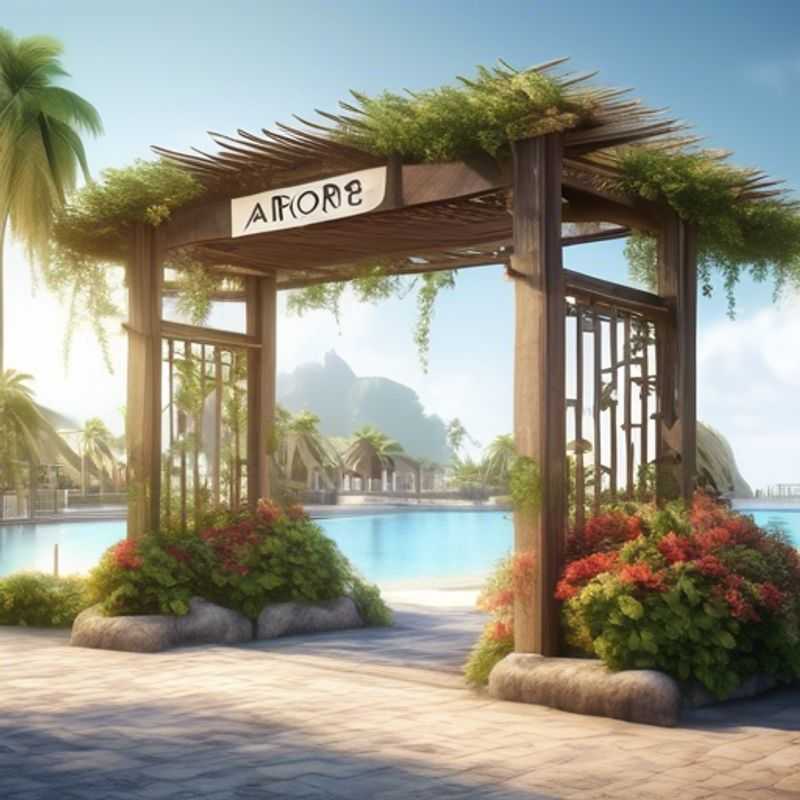
Weatherproof Your Arbor: Choosing Finishes for Lasting Beauty
When selecting an arbor for your outdoor space, prioritizing weather-resistant finishes is crucial for long-lasting beauty and functionality. Weather-resistant finishes protect your arbor from the elements, preventing damage from rain, sun, and humidity. These finishes can range from paints and stains to specialized coatings designed for outdoor use.
Consider factors like:
Durability: Look for finishes that are known for their resistance to fading, peeling, and cracking.
Waterproofing: Opt for finishes that repel water, minimizing the risk of water damage and mold growth.
UV Protection: Choose finishes that protect the arbor's materials from harmful UV rays, preserving its color and preventing sun damage.
Maintenance: Some finishes require regular maintenance, while others are designed to be low-maintenance. Consider your lifestyle and preferences when selecting a finish.
Investing in weather-resistant finishes will ensure your arbor remains beautiful and functional for years to come.
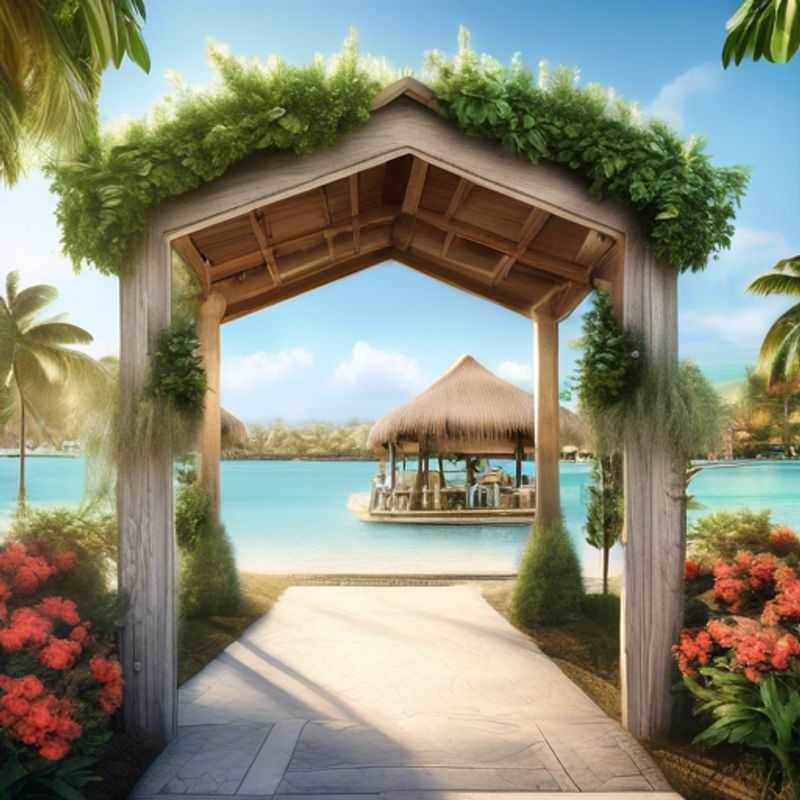
Freestanding or Attached: Choosing the Right Arbor for Your Space
Choosing between a freestanding arbor and a wall-mounted one depends on your garden's layout and your desired aesthetic. Freestanding arbors offer flexibility, allowing you to place them anywhere in your garden, while wall-mounted arbors are ideal for maximizing space, especially in smaller gardens or along walls. Freestanding arbors often require sturdier construction to withstand weather and wind, while wall-mounted arbors may need additional support for the weight of the climbing plants.
Freestanding arbors can be more expensive due to the added materials and labor needed for construction. However, they offer greater versatility and can be moved if necessary. Wall-mounted arbors are typically less expensive but offer less flexibility in placement. Wall-mounted arbors may require additional structural reinforcement for support, adding to the cost.
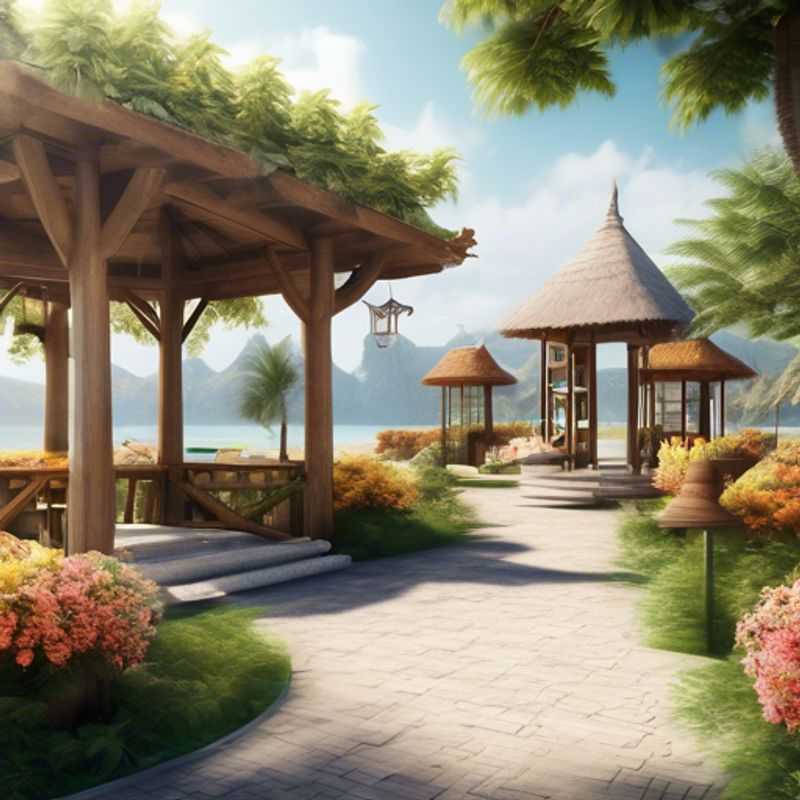
Choosing the Right Arbor: Height and Width for Your Vines and Plants
I understand the importance of determining the right arbor height or width to accommodate your vines or plants. This informative guide will provide you with the essential facts and considerations to make an informed decision.
Measure the mature height and width of your vines or plants. This is crucial in selecting the appropriate arbor size. Consult with gardening experts or research the specific plant varieties you intend to grow to determine their full-grown dimensions.
Once you have the mature size information, consider the desired aesthetic and functionality of the arbor. Do you want the arbor to provide ample overhead coverage or just a decorative framework for the plants? This will help you decide on the necessary height and width requirements.
Additionally, factor in the available space in your garden or landscape. Measure the area where you plan to install the arbor and ensure it can accommodate the desired size without overcrowding or obstructing other elements.
Remember, the arbor should be sturdy enough to support the weight and growth of the vines or plants. Choose materials and construction methods that can withstand the stress and environmental conditions in your region.
Finally, consult with local building codes and regulations to ensure your arbor design and installation comply with any necessary permits or safety requirements.
By carefully considering these factors, you can determine the optimal arbor height and width to create a beautiful and functional support system for your vines or plants. This will enhance the overall aesthetic of your outdoor space and provide a thriving environment for your greenery to flourish.
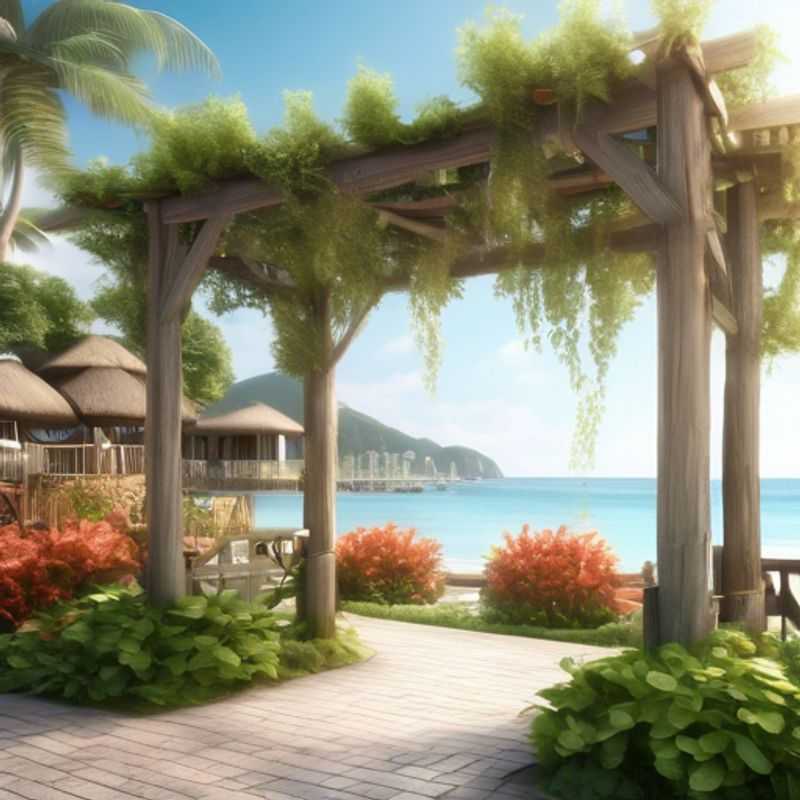
Choosing the Right Arbor: Understanding Weight Capacity for Your Plants
When planning to use an arbor for supporting plants, it is crucial to check the weight capacity of the structure. This ensures that it can adequately support the desired plants without risk of collapse. Typically, the weight capacity can vary based on the materials used in the arbor's construction, such as wood, metal, or vinyl. Wooden arbors may have different weight thresholds depending on the type of wood and its treatment, while metal arbors often provide greater strength and durability.
Before making a purchase, consider the total weight of the plants you intend to grow. This includes the weight of the soil, pots, and the plants themselves. Additionally, factor in any external elements such as wind or snow that may add extra weight. It is advisable to choose an arbor with a weight capacity that exceeds your estimated total by at least 20-30% to ensure safety and longevity.
When estimating costs, remember to include expenses for materials, installation, and any necessary reinforcements to enhance the arbor's stability. A professional installation may range from $100 to $500, depending on complexity and location. It's also wise to consider future maintenance costs to keep the arbor in good condition.
In summary, checking the weight capacity of the arbor is a fundamental step in ensuring it can support your desired plants effectively. By considering the total weight and potential external factors, you can make an informed decision that promotes both plant health and structural integrity.
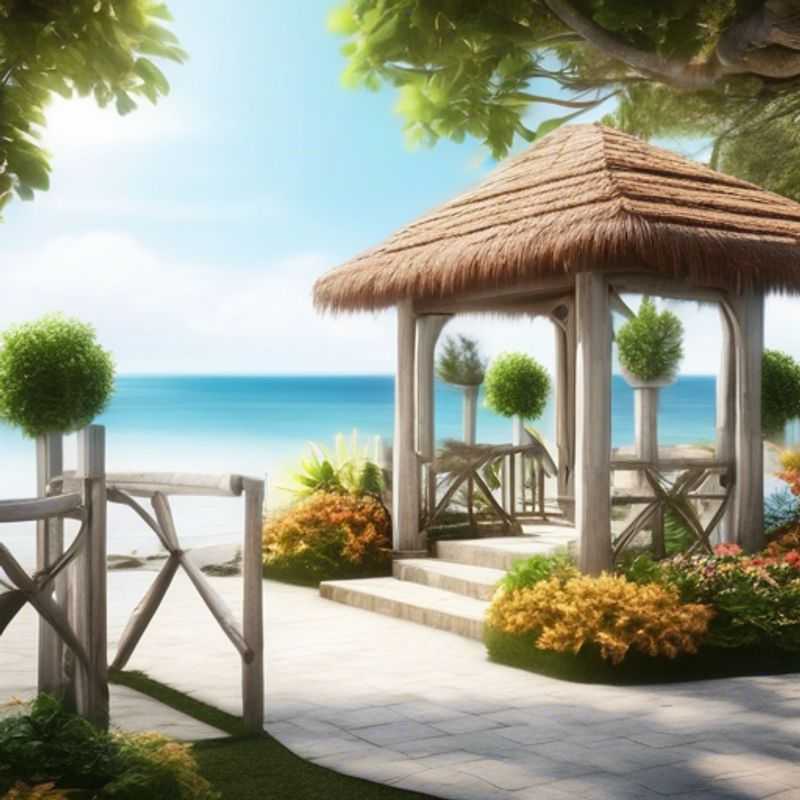
Assembly Ease: A Key Factor When Choosing Your Arbor
Selecting an arbor for your garden should involve evaluating the ease of assembly and installation. This crucial aspect will significantly impact the project's overall cost and complexity. Here's a concise guide to help you make informed decisions:
Pre-Assembled Arbors: These come fully constructed, simplifying installation and reducing the time required. This choice often results in a higher price, but the convenience might outweigh the cost. Be sure to check if the arbor is delivered in one piece or requires assembly of sections.
Modular Arbors: These structures arrive in parts, requiring assembly. The level of assembly can vary, with some being simpler than others. Modular arbors offer flexibility for customization, but you must be comfortable with assembling structures.
DIY Arbors: This option offers the most flexibility for design and size but requires woodworking skills and tools. If you're not confident in your abilities, consider hiring a professional to build the arbor. You'll need to factor in the cost of materials and potentially labor.
Installation Considerations: Arbors often require a stable base, such as a concrete pad or wooden posts. Ensure the ground is leveled, and you have the necessary tools for digging holes and securing the posts.
Additional Costs: Consider the cost of materials, such as concrete, lumber, and hardware. Factor in the cost of any specialized tools needed for assembly or installation. If you plan to hire professionals, include their labor costs in your budget.
Professional Installation: If DIY is not an option, hiring a professional installer will significantly reduce the time and effort needed. However, be sure to get quotes from multiple contractors and compare their experience and pricing.
Safety First: Always prioritize safety during assembly and installation. Wear appropriate safety gear, follow instructions carefully, and consider seeking professional guidance if needed. Remember, ensuring a safe and stable arbor is essential for its longevity and enjoyment.
